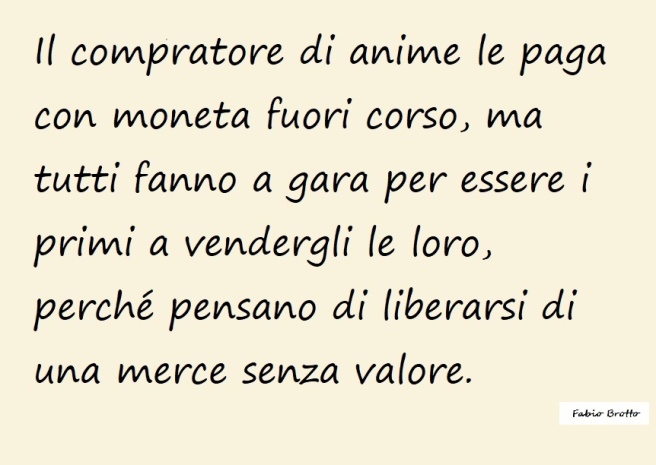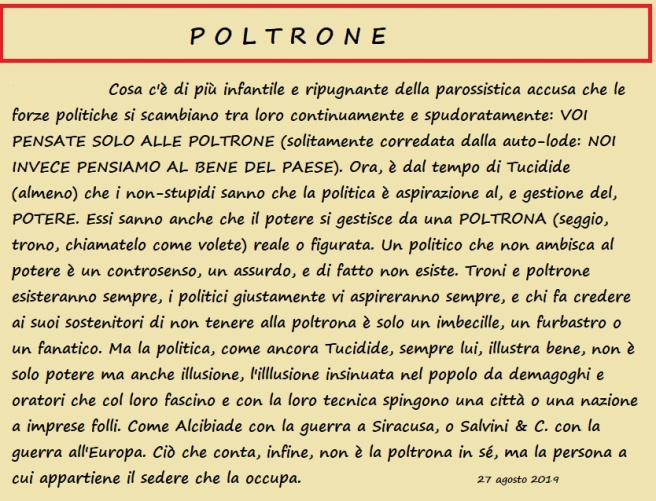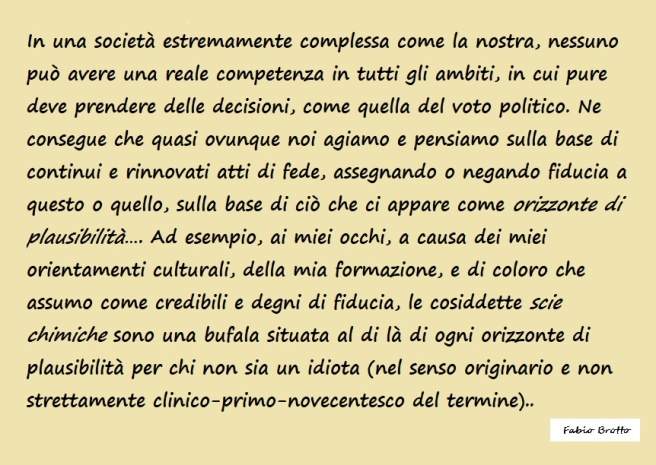
Anonyme
Scriptorium de Saint-Martial de Limoges
Lettrine historiée C (le roi Salomon), extraite de la Seconde Bible de Saint-Martial
vers 1100 enluminure sur parchemin
Bibliothèque nationale de France
Latin 8, folio 102
https://www.facebook.com/groups/193169977947126/permalink/566423163955137/

miniatura di Cristo dal Bestiario di Aberdeen
Il bestiario di Aberdeen è un manoscritto miniato inglese del XII secolo, custodito nella Biblioteca dell'Università di Aberdeen, dove è inventariato come MS 24. Il bestiario medievale è stato catalogato per la prima volta nel 1542, nell'inventario della Old Royal Library del Palazzo di Westminster.
Le informazioni sull'origine dell'opera, sugli autori e sui possessori sono indiziarie. La stessa data di nascita del manoscritto non è precisa e sicura, mentre si presume che sia stato posseduto da un ricco uomo di chiesa. Il bestiario di Aberdeen è affine ad altri bestiari medievali, specialmente il bestiario di Ashmole, MS Ashmole 1511 della Biblioteca Bodleiana dell'Università di Oxford.
https://it.wikipedia.org/wiki/Bestiario_di_Aberdeen
Un bestiario, o bestiarium, è un testo che descrive gli animali, o bestie. Nel Medioevo si trattava di una particolare categoria di libri che raccoglievano brevi descrizioni di animali (reali e immaginari), accompagnate da spiegazioni moralizzanti e riferimenti tratti dalla Bibbia.
consultare
https://www.milanoplatinum.com/i-bestiari-medievali.html

Saint Jean (évangiles de l’abbaye de Liessies)
http://enluminures.fr/portfolio/saint-jean-evangiles-abbaye-liessies/?fbclid=IwAR2t_MLDlThY8FdkSJ70dvgEhC1KOeV9HKl9buc3o8FBYWquB7DlvdLaKNY

The Crucifixion and the Harrowing of Hell in a New Testament, Sicilian, late 1100s. Tempera colors, gold leaf, and ink on parchment, 9 11/16 x 6 3/8 in. The J. Paul Getty Museum, Ms. Ludwig I 5, fol. 191v.
The Getty’s Sicilian Bible is dated around 1200. The composition of The Crucifixion shown below is similar to the same scene found in a late-11th or early-12th-century Missal from Foligno, Italy, today in The Morgan Library & Museum (MS M.379, fol. 6v). Both of these miniatures are representative of the Italian Romanesque painting style, but the Sicilian Bible also exhibits the characteristic gold background associated with Byzantine painting of the time. Scholars have noted that the format of the page—including the foliate designs and the red, white, and green dog-tooth pattern—are similar to those found in Norman and early Parisian architecture and illumination.
https://www.facebook.com/photo.php?fbid=2272809709689756&set=gm.565816090682511&type=3&theater&ifg=1

Triumphal Entry into Jerusalem.
The prolific Venetian artist Cristoforo Cortese employed three metals in this image. The background is burnished gold leaf tooled with punched dots. Adding a pleasing texture to the image and permitting light to play on its surface, the tooling creates the impression of divine radiance illuminating the city of Jerusalem as Christ enters. Cortese highlighted Christ’s red robe in shell gold. He used mosaic gold, a bronze-coloured powder made of tin sulphide, for the robe of the bearded apostle at the far left, and for the feathery foliage and beads that decorate the blue initial.
Initial D from a Gradual
Italy, Venice, c.1410-1420
ARTIST: Cristoforo Cortese (c.1390-1445).
https://www.facebook.com/photo.php?fbid=2272261886411205&set=gm.565381214059332&type=3&theater&ifg=1

Christ en gloire (Psautier de Westminster)

Jésus Christ & les 4 évangélistes
Cette reproduction est inspirée d’une enluminure du XIIe siècle conservée au British Museum de Londres dont voici un aperçu.
http://enluminures.fr/portfolio/christ-en-mandorle/

la Gothique textura.
https://www.facebook.com/Scriptorium.Thomassin/photos/pcb.1257491304439041/1257491264439045/?type=3&theater&ifg=1

Dernière enluminure réalisée à l'Iseem à la fin de la première année. Le sujet gothique. Saint Jean sur l'île de Pathmos. Heures à l'usage de Paris BM Dole ms 0043 p 27. Enluminure réalisée sur parchemin avec pigments à la détrempe, feuilles d'or sur gesso, or minéral. Calligraphie à la plume d'oie.
https://www.facebook.com/photo.php?fbid=510361012757158&set=a.123092068150723&type=3&theater

Notre Dame par Jean Fouquet, Livre d'Heure d'Etienne Chevalier 1452-1460 "La Dextre de Dieu chassant les démons"
https://www.facebook.com/OretCaracteres/photos/a.2003519279908354/2246181205642159/?type=3&theater

San Giorgio abbatte il drago.
Fonte: Roma - Arch. capitolare di S. Pietro, Ms. C 129.
https://www.facebook.com/alfredospadoni/photos/a.285929108113104/2594501877255804/?type=3&theater&ifg=1






















